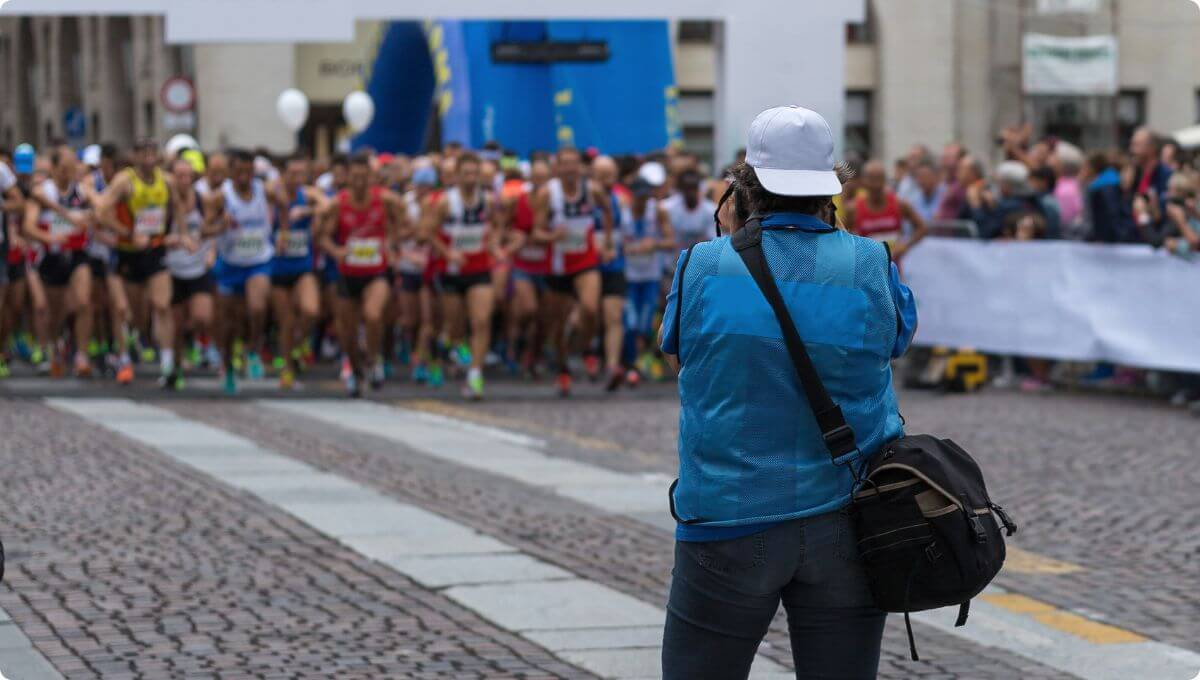
How to streamline sports photography with AI and metadata — an example
Streamline image management for sporting events like marathons, triathlons, and other athletic competitions with AI-driven OCR and metadata-driven workflows. There are endless possibilities for workflows one can build with a DAM solution — here’s one for the sport enthusiasts.
In the world of event photography, there are many challenges related to management and distribution of the visual assets. No place is this more prominent than in the world of organized sports, especially those with high participation numbers, such as marathons and athletics.
In this article, we’ll offer a look into one Digital Asset Management (DAM) workflow specifically designed to such events, allowing organizers to streamline the publication process of sports photography with AI and effective metadata management.
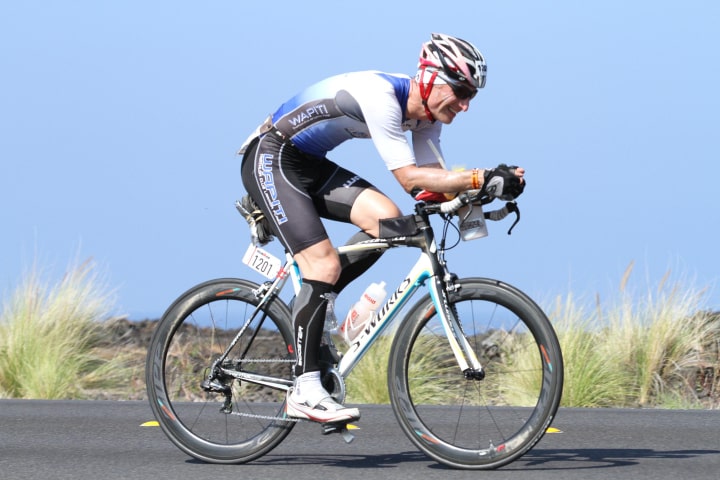
The challenge of sport photography
At any sporting event, both amateur and professional, thousands of pictures are being shot. In order to get the right ones in the hands of the press, the creative department, external partners, and other stakeholders, they must be uploaded to a server or cloud solution of some kind, managed, and distributed.
Read more: Storytelling at Norseman - The Xtreme Triathlon that's not for you
Oftentimes, there’s also a need to identify key individuals, as well as browsing through the files and selecting the best images to share on digital channels. While several tools claim to solve such challenges, they are often less successful when time is of the essence, spending a long time on processing the content before it’s ready to be distributed. There’s also often a lack of tools enabling effective selection in combination with metadata tagging and distribution.
Last, but not least, several sporting events lack proper routines for image approval and consent management. Especially for events including minors, securing guardian consent can be time-consuming, and is often not incorporated into the existing sport photography workflows.
Read more: 5 common challenges easily solved with DAM
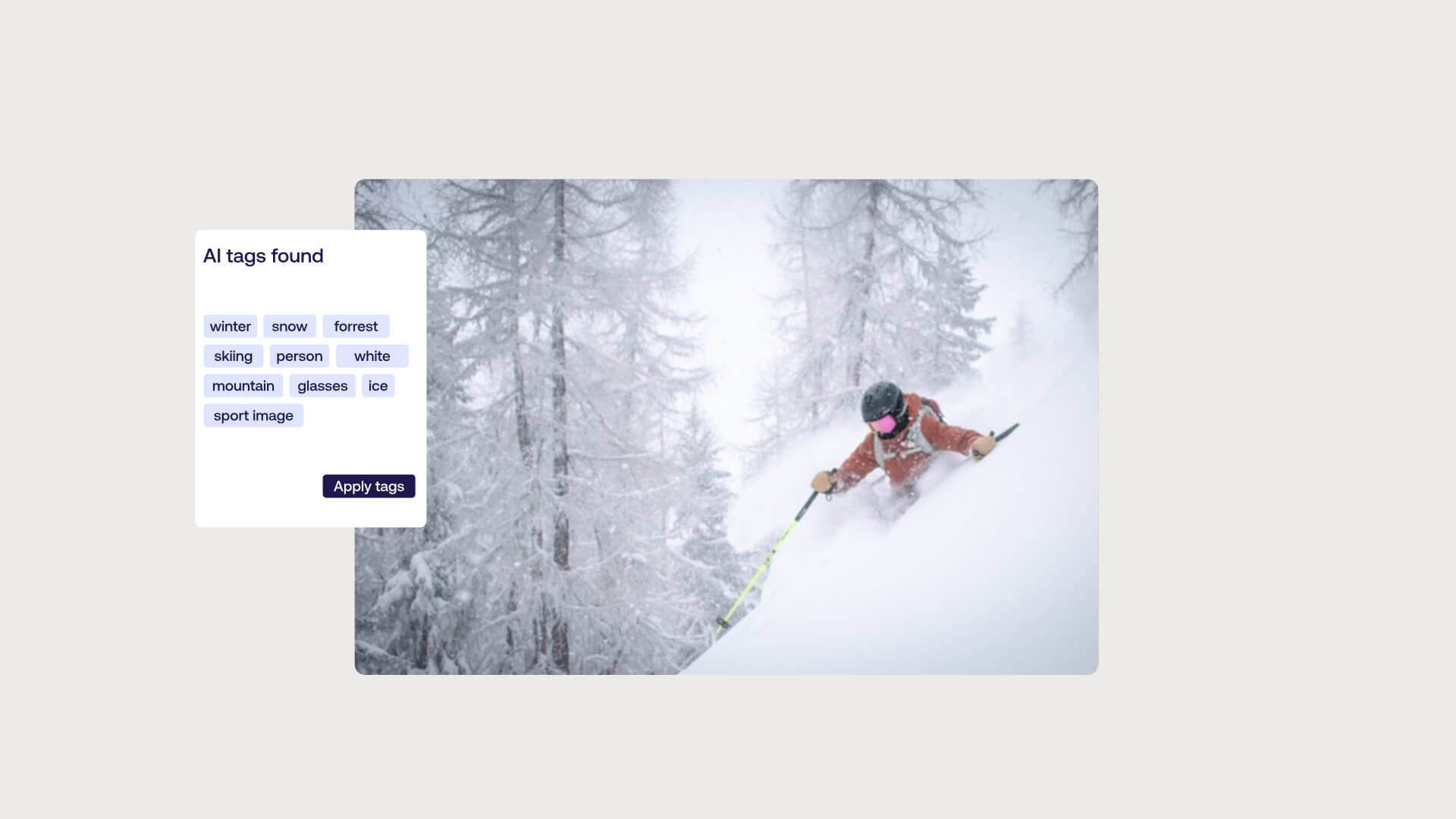
The rise of Artificial Intelligence (AI) and AI-driven tools, has enabled professionals to work faster across industries. This is especially the case within the media & entertainment segment, where these types of software can help with anything from automatic tagging and transcriptions, to facial recognition and image- & design generation.
However, implementing AI in an efficient and responsible way, is not always a straight-forward process, with challenges included, but not limited to:
-
Faulty or uncertain results
-
Information overload
-
Invasion of personal privacy
AI is, therefore, to be considered a helpful tool, but not the solution to every struggle, and due to governmental regulations, it may situations where it’s capabilities should be purposely limited. This could, for example, be the case with facial recognition of regular people, and/or in situations where explicit consent is absent.
/ftp-upload-file-transfer-protocol.jpg)
A helpful photography workflow for marathons and athletics
So, what could an efficient sport photography workflow really look like?
While the answer to this question may vary greatly depending on the type of sporting event, the example below aims to show one example of how DAM technology can be customized to solve some challenges typically found amongst organizations operating within the sport segment.
Imagine a marathon with hundreds, maybe thousands, of participants running through the streets of a major city. Some participants are well-known and recognizable, but many are amateurs and not necessarily easy to recognize, neither for the event organizers nor the AI.
What they all have in common is their start number pinned to their chest - their unique IDs. By taking advantage of AI-powered Optical Character Recognition (OCR), the DAM system is able to automatically recognize these numbers, so each image is appropriately tagged.
Read more: How to leverage AI for Digital Asset Management
To further enhance the tags, one can incorporate metadata-driven workflows with the potential to quickly add other types of information to the images. The system owner can also use such workflows to efficiently mark the best images, revoke the bad ones, or add any other forms of relevant data, such as image consent, approval status, information concerning the location, visible brands (sometimes automatically recognized with AI), etc.
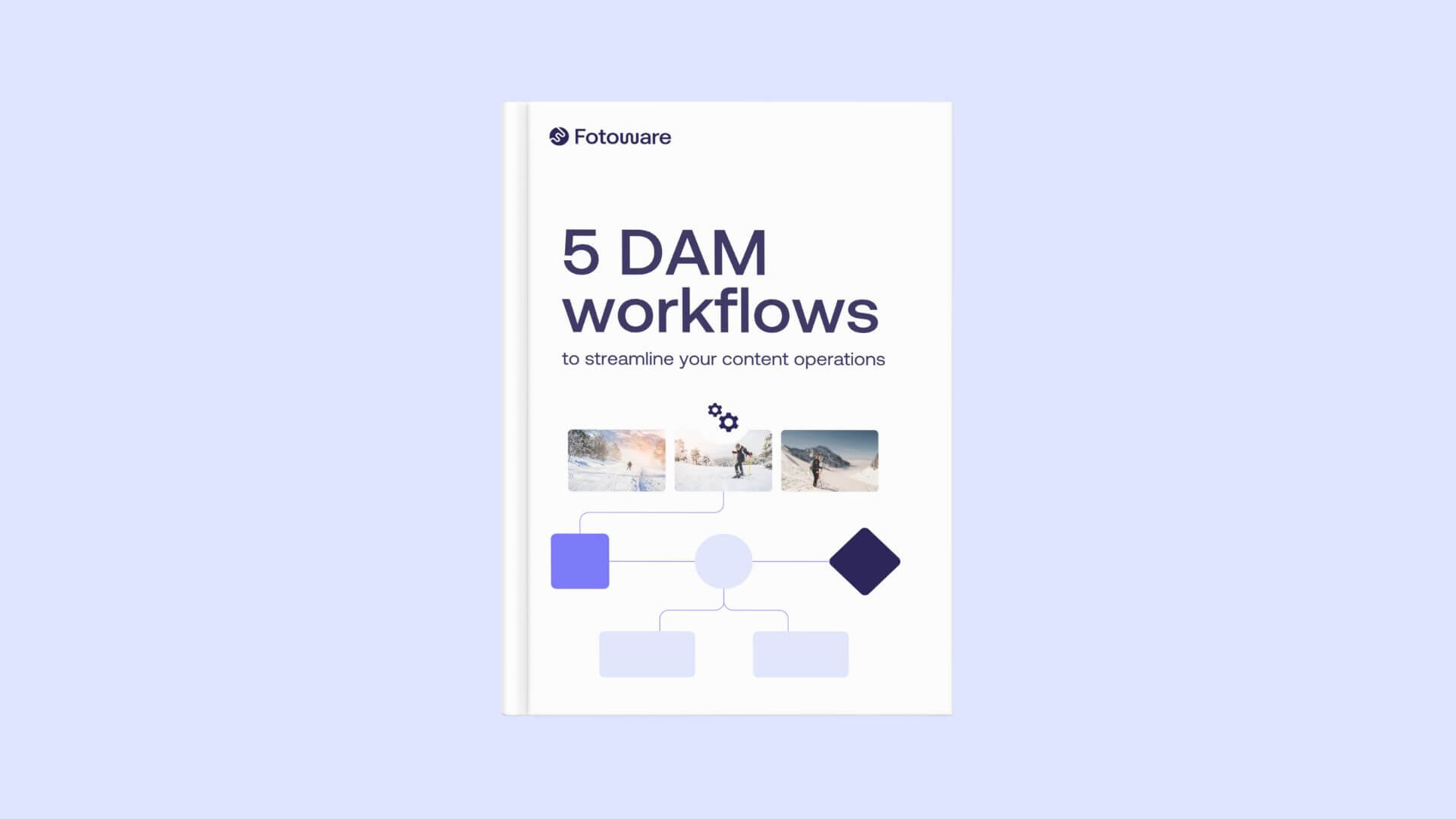
Free eBook: 5 essential DAM workflows
A guide to Digital Asset Management workflows that enhance efficiency, collaboration, and compliance.
When the images are tagged and sorted, one can enable a final workflow automatically sending all photos to a public archive after they’ve received the final approval. Once there, the participants, their friends & family, journalists, and other individuals with an interest in the event, can easily browse the collection in a user-friendly manner, with intuitive options for search and filtering.
The DAM allows the organizers to tailor the user settings in great detail, for example ensuring that all images downloaded from the public archive are watermarked, or preventing private individuals from downloading specific forms of content items.
This workflow can be hosted and managed within the DAM, limiting the need for third-party software, and is just one of many examples of how a DAM solution can be tailored to streamline content production and distribution.
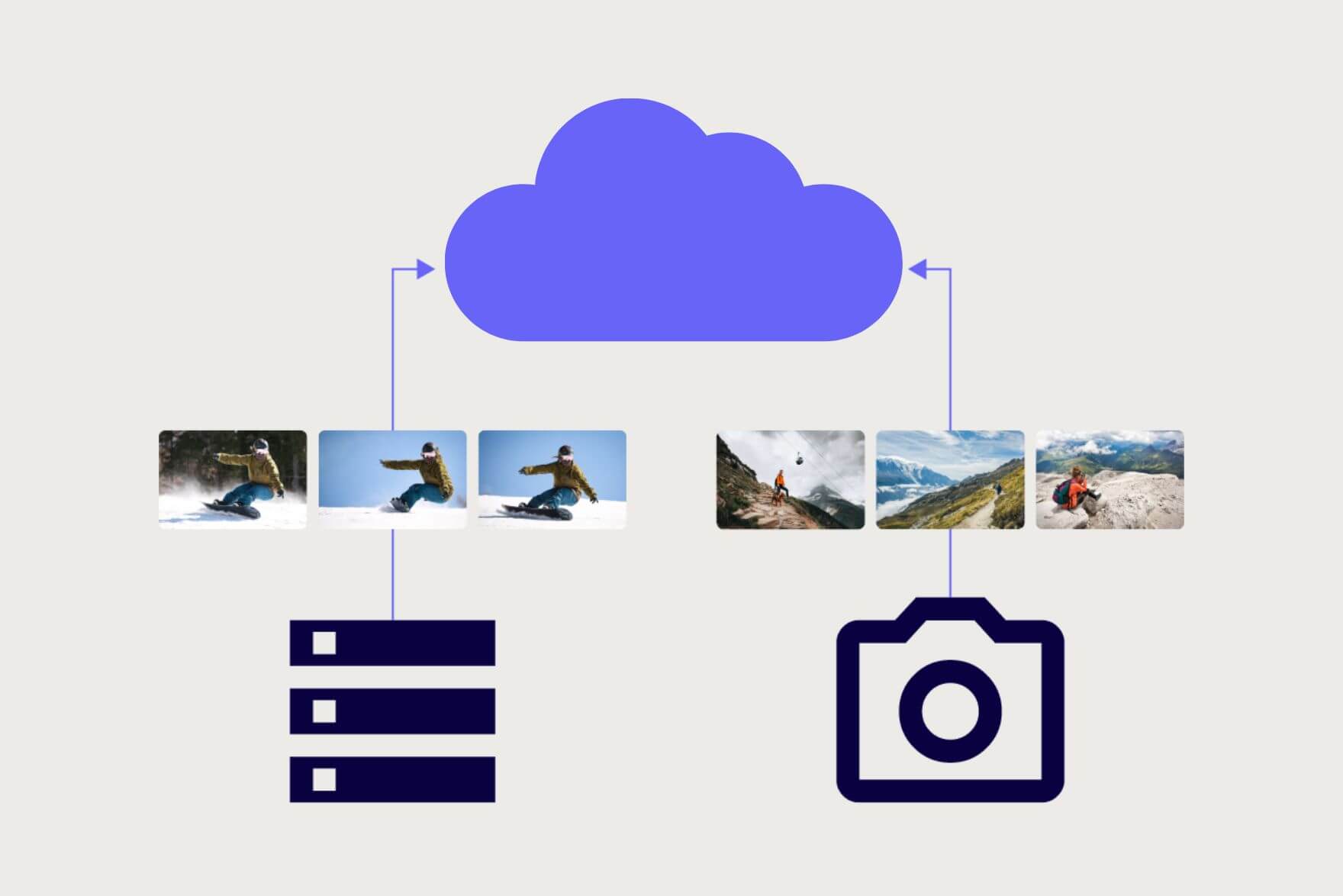
Bonus: FTP upload
When speed is of the essence, File Transfer Protocol (FTP) is crucial to the publication workflow. This is especially the case for sporting events, which often rely on many different photographers at once.
The Fotoware products support FTP upload, further streamlining the event photography workflow.
Do you want to automate FTP upload and distribution in Fotoware Veloz? Discover Flow! >
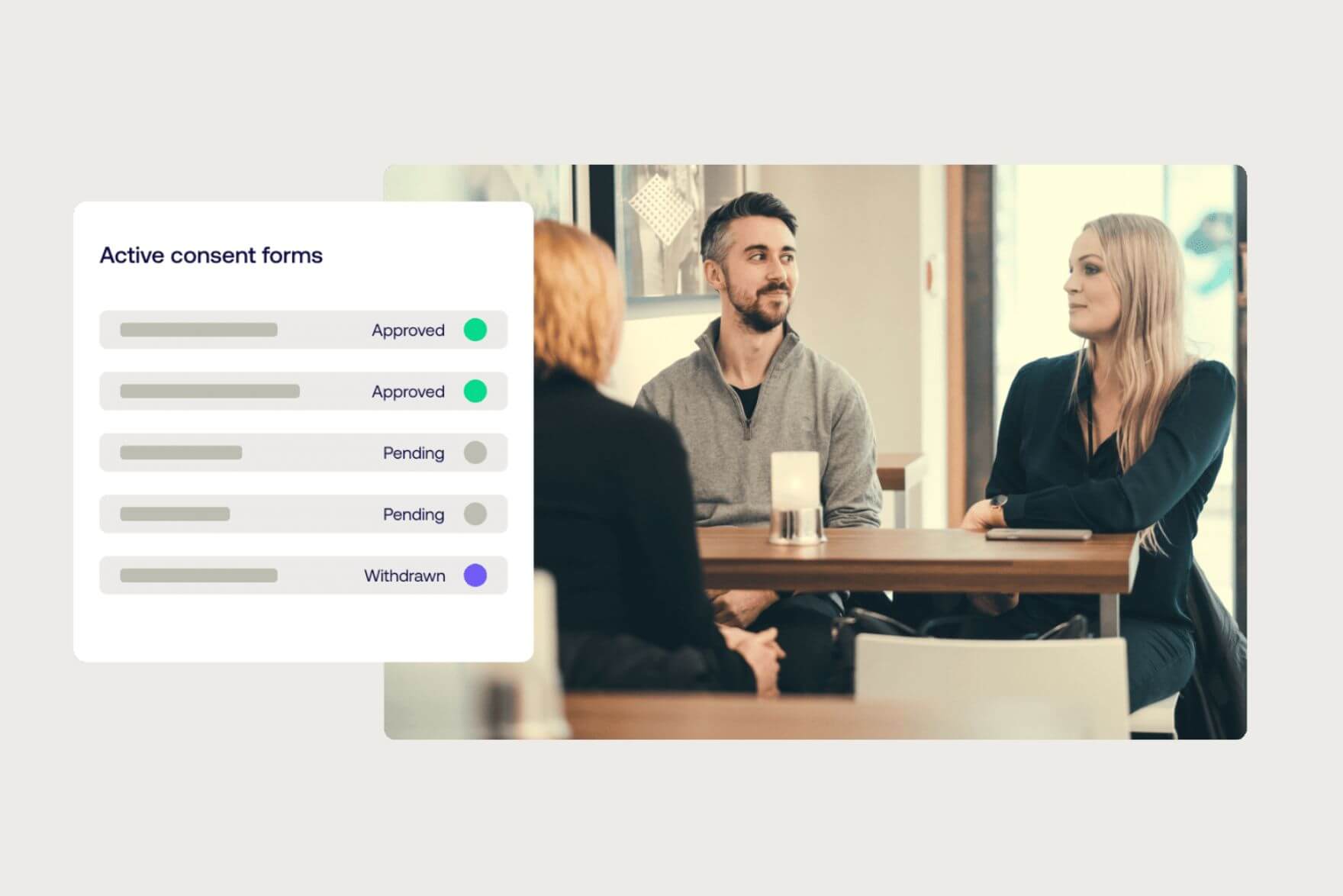
Bonus: Consent Management
When photos include private individuals, they may be classified as personal data and subject to privacy regulations, such as the GDPR. In such cases, one would need to document voluntary consent for processing and distributing the photos, and especially when using the photos for marketing purposes.
With the Fotoware Consent Management module, you can attach customized consent forms to your digital assets, ensuring a seamless user experience and full control of every image’s consent status. The module also includes settings for guardian signature, which makes it perfectly capable of handling sporting events where minors are present.
With the Mobile App, consent can even be requested and managed directly on the spot, for example with an embedded QR code.
An essential tool for event and sport photography
There are many types of events and, therefore, a DAM solution facilitate many types of workflows. The sport photography workflow presented in this article is only one of many processes that can be streamlined with a DAM, and is highly configurable to fit specific needs.
If you would like to learn how the Fotoware DAM platform may solve your organization’s challenges, feel free to book a meeting with one of our experts.

Let’s talk!
Would you like to find out how fotoware can streamline your organizations's image workflows?

.png)
